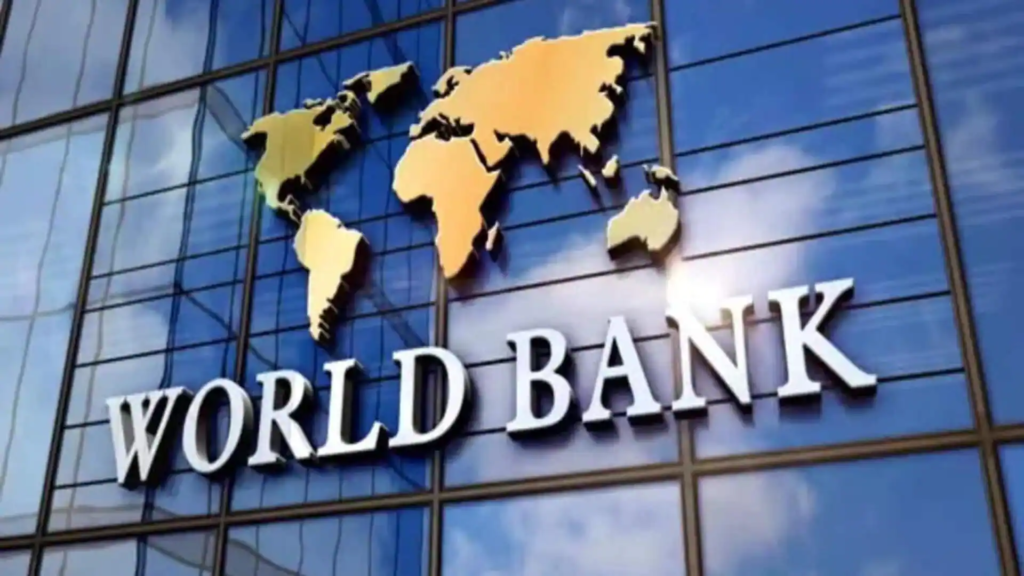India’s external debt surged to $646.79 billion in 2023, reflecting a $31 billion increase from the previous year, as reported by the World Bank’s International Debt Statistics (IDS) report. This substantial growth underscores the nation’s rising reliance on external borrowing to fuel its economic activities and developmental projects.
While this uptick highlights global confidence in India’s economic prospects, it also brings into focus key challenges such as increasing interest payments and the balance between long-term and short-term borrowing.
A Detailed Look at the Rising Debt
India’s external debt increased by nearly 5% in 2023 compared to 2022, representing a significant financial shift. Long-term external debt accounted for the majority of this rise, growing by 7% to reach $498 billion.
These long-term loans, which typically have repayment periods exceeding one year, reflect India’s strategy of securing stable borrowing options to fund large-scale infrastructure projects, technological advancements, and industrial growth.
Read : World’s Public Debt to Cross $100 Trillion for the First Time This Year: IMF
On the other hand, short-term debt, which usually involves repayment within a year, saw a slight decline to $126.32 billion. This decline indicates a measured approach toward managing high-risk, short-duration liabilities, aiming to reduce immediate financial pressure.
Read : Pakistan’s Debt Hits Record High at PKR 67.816 Trillion
The growing debt raises questions about its sustainability, especially in the context of rising global interest rates and economic uncertainties. However, it also signals the country’s ability to attract international funds and its robust presence in global financial markets.
Surging Interest Payments and Debt-Export Ratio
One of the most striking revelations in the World Bank report is the sharp rise in interest payments on India’s external debt. Interest obligations increased nearly 50% in 2023, climbing from $15.08 billion in 2022 to $22.54 billion. This spike can be attributed to the combination of a larger debt portfolio and rising global interest rates.
The debt-export ratio, a crucial measure of debt sustainability, stood at 80% in 2023. This means the total external debt equaled 80% of the country’s total exports for the year, reflecting a growing reliance on external trade to manage and service debts.

Additionally, debt servicing—comprising both interest and principal repayments—amounted to 10% of India’s export earnings, signaling a moderate but growing burden on the economy.
While these figures highlight the increasing cost of external borrowing, they also emphasize the need for India to expand its export base and diversify its sources of foreign exchange earnings. Balancing debt with export growth will be critical to ensuring long-term economic stability.
Investor Confidence Amid Economic Challenges
Despite concerns over rising debt levels, India attracted robust net debt inflows of $33.42 billion in 2023, alongside impressive net equity inflows of $46.94 billion.
Equity inflows represent foreign investments in Indian markets, indicating sustained global investor confidence in India’s economic prospects.

The confidence of international investors can be attributed to India’s consistent economic growth, demographic dividend, and strategic policy measures aimed at fostering a favorable business environment.
Initiatives like the “Make in India” campaign, digitization of financial systems, and incentives for foreign investments have bolstered the country’s global appeal.
However, sustaining this confidence requires careful debt management and a focus on maintaining fiscal discipline. Policymakers must address challenges such as rising interest obligations, exchange rate volatility, and geopolitical uncertainties to preserve investor trust and economic stability.
let’s enjoy few years on earth with peace and happiness….✍🏼🙏

